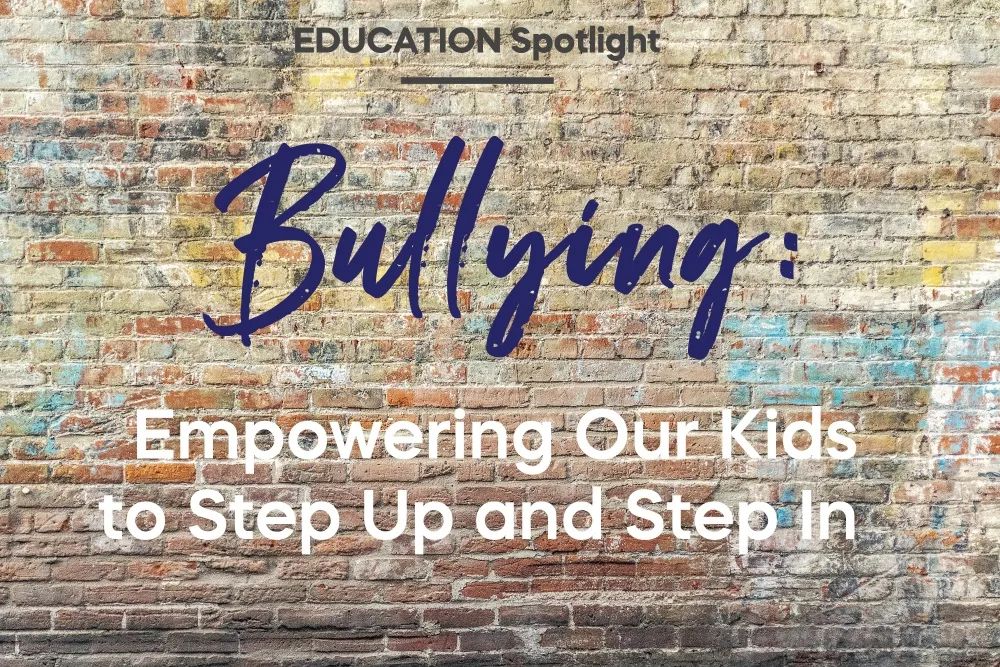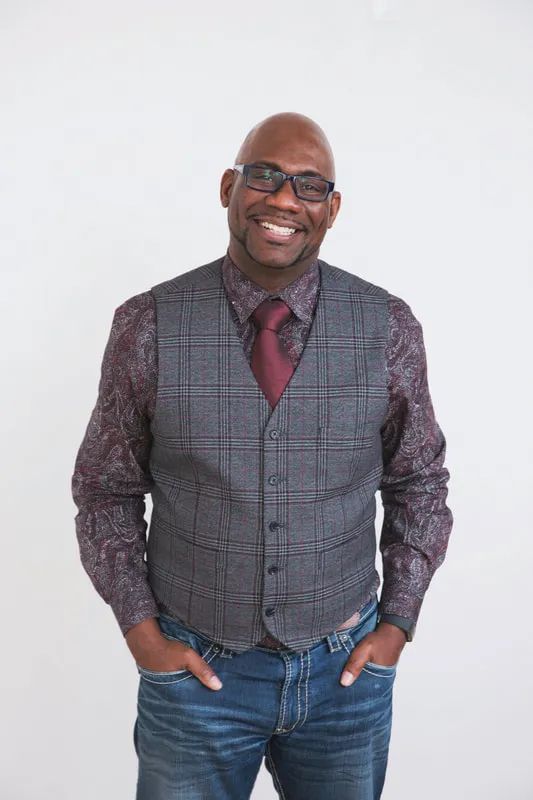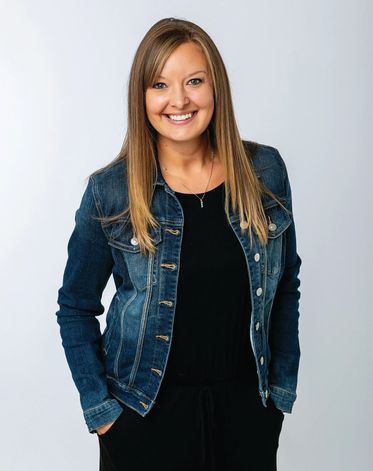

Bullying: Empowering our Kids to Step Up and Step In
March 2023
by Kelly McCandless
Even though every school is required to have policies against bullying and procedures for addressing it, the issue of bullying arises for many students. Concerning behaviors require additional scrutiny as the nation publicizes more extreme violence in schools.

William B. Henry
William B. Henry is the CEO of Be Better World, an organization he founded as an anti-bullying program to teach kids what bullying is and what it isn’t, providing self-empowerment and resilience training for kids. “I started Be Better World when I was coaching kids in our area,” he explained. “I was hearing parents talk about bullying, and I started researching it. I saw an opportunity to provide kids with tools to combat bullying.” Henry is hired by schools frequently as an expert on bullying, providing interactive sessions working with kids and parent nights on the topic.
What Bullying Is… and Isn’t
According to Henry, bullying has two main components: there has to be an imbalance in power, and the behavior has to be repetitious. “A single aggressive interaction is not bullying,” Henry said. “It’s important to understand this as kids frequently have disagreements and need to feel empowered to work through those on their own when they can. Understanding when things escalate to true bullying is very helpful for all involved.”
The Montana Office of Public Instruction promotes a “Bully Free Montana” with resources for schools, students, parents, and more (opi.mt.gov/bullyfree). They further describe bullying as “negative, often repeated behavior with the intent to hurt someone physically or emotionally and involves an imbalance of power (physical size, social status) between the aggressor(s) and the target(s).”
How to Handle Bullying
Unfortunately, the path forward when being bullied isn’t always crystal clear. Since many situations come down to “he said, she said,” or a video or photo is posted to social media with or without context, it can be difficult to know what to do. To help determine how parents and caregivers can educate themselves and their children about bullying, Henry brings a targeted five-part series to the schools he works with.
“The sessions are guided by the acronym CCRAB which stands for confidence, clarity, advocacy, resilience and bullying.” Further explained, the sessions guide participants as follows:
- Clarity: understand what the situation is and remove yourself if necessary.
- Confidence: face up to a bully and remember that they usually don’t have a plan.
- Resilience: bounce back from hard situations if you’ve been bullied.
- Advocacy: create friend groups and alliances to face hard situations together.
- Bullying: define the action and different paths forward.
“The sessions are offered in schools with kids engaging in demonstrations and role-playing different scenarios to safely learn about the behavior,” Henry continued. With the difficult landscape we’re in today, Henry also talked about his work in teaching kids the different levels of support required.
“We talk about when to fix it yourself, when to get your advocacy group involved, when to seek support from an adult, and when even more support may be needed,” Henry said. “We teach kids they have their own power and there are levels to bullying. We teach discipline, respect, and an expectation for how they should be treated.”
Getting Help
According to Henry, individuals need to be involved and educated. “No one thinks it’s important until it happens to their child. But if we are aware as a community, and we’re all talking and singing the same song, we’d need less conversation on the topic as a whole,” explained Henry.
Parents and students should also remember each situation is unique. Using resources to gain clarity and confidence can help orient them on if their child should step up for themselves, step in for someone else, or step out and get assistance.
OPI offers resources, including links to the laws and individual rights, one-sheets describing bullying and what to do if you’re experiencing it, and much more (opi.mt.gov/bullyfree). Additionally, schools have policies and procedures in place and actively work with their students, teachers, and caregivers to establish expected behaviors, checklists to follow, and guidelines for modeling respect.
Henry also emphasized the importance of communication. “School administration, parents, and students must have a triangular relationship so all are involved and aware if something comes up.” He also reminded us that disagreements will happen among kids and adults. Everyone needs to understand what bullying is and be sure to allow kids to work through things independently if the situation calls for it.
Henry also offers programs and educational materials at https://www.bebetterworld.org/.
Resources and established plans in schools are working. According to OPI, in 2021, 15.6% of high school students reported being bullied at school (down from 22% in 2019), and 16.4% reported being electronically bullied at school (down from nearly 18% in 2019).
Never miss an issue, check out SLM's digital editions here!





